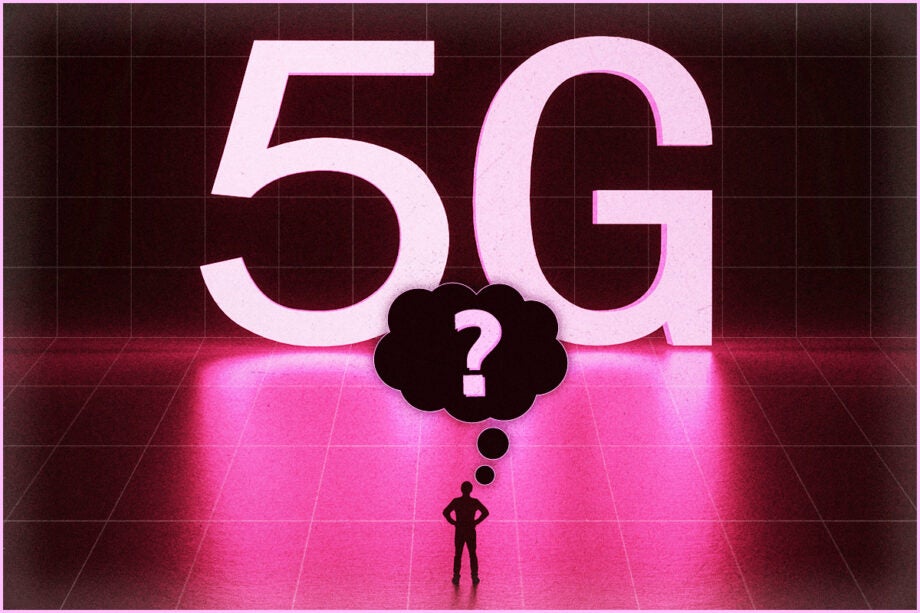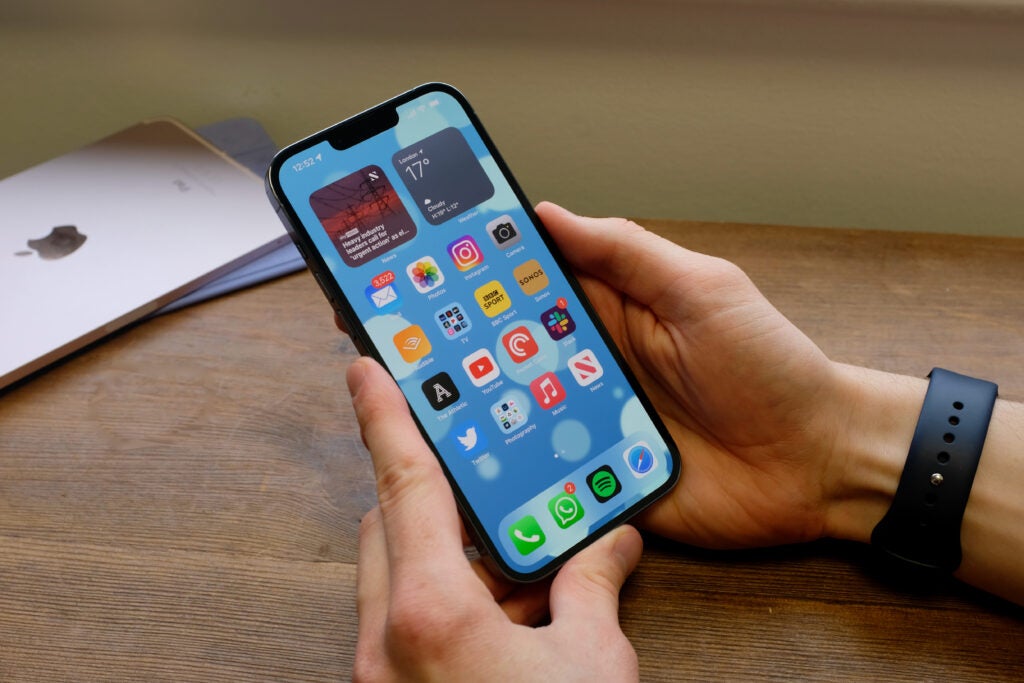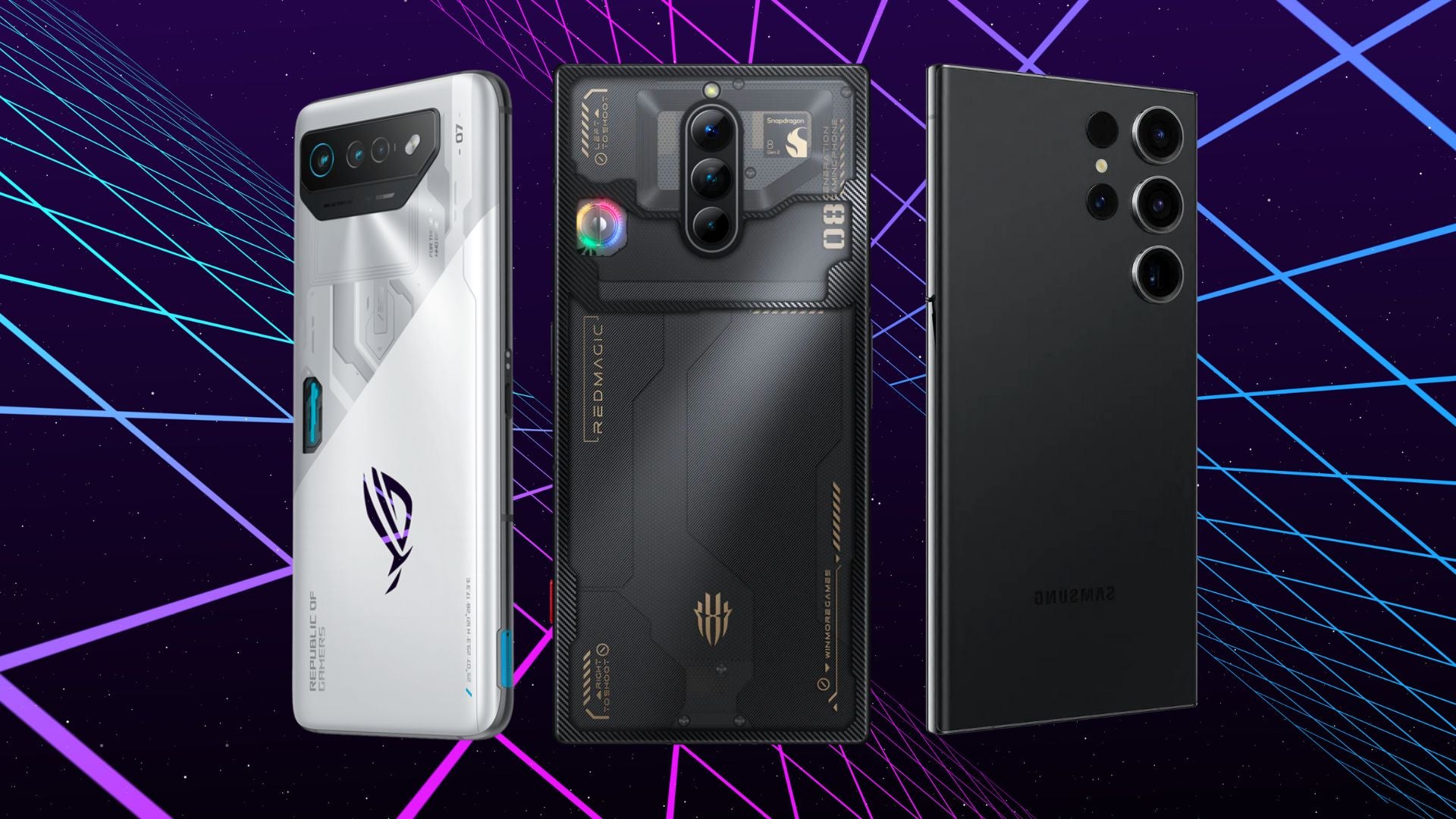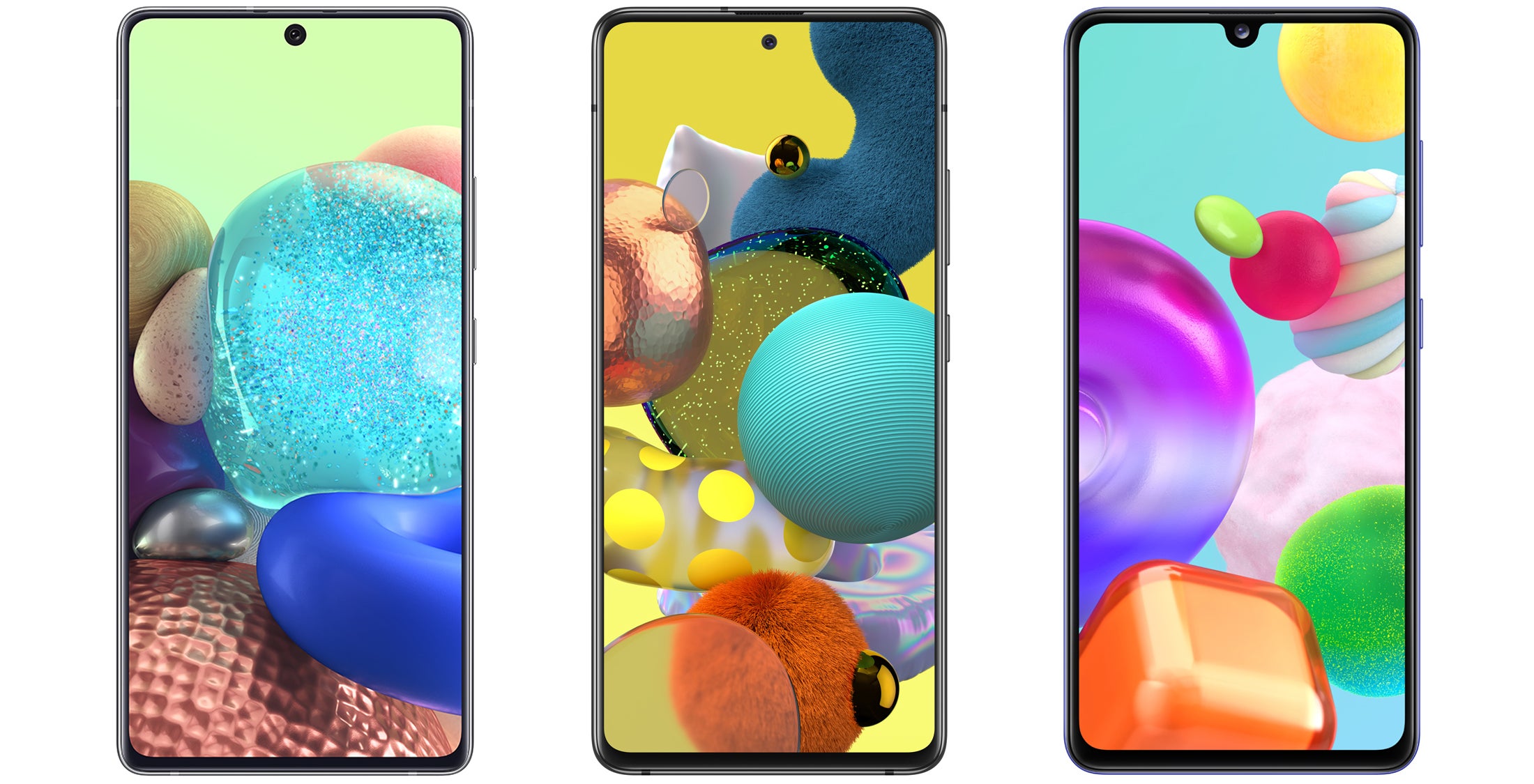What is 5G? The wireless network technology explained

Whether you already use it regularly on your devices or have just seen the term floating around when looking to upgrade, 5G is now part of our everyday lives.
But what actually is 5G and why should we use it? Read on to learn more about the technology, its benefits and how you can access it yourself.
What is 5G?
5G is the fifth generation technology standard for cellular/mobile networks and allows compatible devices to connect to the internet whenever there’s a signal, without the need for Wi-Fi.
5G has a higher bandwidth than its predecessor, 4G, and can subsequently deliver up to 100 times faster speeds. As it began rolling out back in 2019, most modern smartphones and mobile-compatible devices are now “5G ready.”
What are the benefits of 5G?
One of the biggest benefits of 5G is its ability to deliver much faster speeds than 4G. However it’s not just speed that makes 5G so beneficial. 5G wireless technology also offers ultra-low latency, which can significantly improve user experience.
Latency essentially means the time between an instruction to move data and that data transfer occurring. For example, when you stream a live event with a 4G connection, the playback is actually slightly behind what’s happening in real-time, which is a high latency.
5G, therefore, is designed to reduce high end-to-end latency so you can receive and respond to live data much faster than before.
Another benefit of 5G is it offers a larger network capacity and availability, so more devices are able to connect and access the internet, even in crowded areas such as festivals or shows.
How can I access 5G?
You’ll need a capable device in order to access 5G networks. Most modern smartphones should now be 5G ready but be sure to check when upgrading.
You’ll also need a SIM card (or eSIM) with a 5G data plan in order to access the 5G network. This means you won’t be able to use 5G on a laptop/tablet unless it supports a SIM card or is using a smartphone as a hotspot.
As 5G has been rolling out since 2019, most mobile networks in the UK should connect to the network, as long as your device is compatible.

Should I buy a 5G phone?
Most phones now support 5G, even the best cheap phones. This means that, in most cases, you don’t really need to consider whether it’s worth buying a 5G phone, as this feature is now included by default.
But if you have found a 4G phone on the cheap, will you be missing out? It really depends on your network usage. 5G is faster and more reliable than 4G, but it’s possible that you won’t actually notice the difference in performance unless you’re watching live video or playing games online. 4G is perfectly speedy for web browsing and streaming video.
Is 5G safe to use?
There is no reason to believe that 5G is harmful. The UK government states:
It is possible that there may be a small increase in overall exposure to radio waves when 5G is added to an existing network or in a new area. However, the overall exposure is expected to remain low relative to guidelines and, as such, there should be no consequences for public health.
What is sub-6GHz 5G?
Sub-6GHz refers to the frequencies of the radio waves transmitted. 5G can be transmitted on a spectrum of different frequencies, and sub-6GHz is the most common of these. By contrast, the upper band of 4G frequencies in the UK is 2.6GHz.
The higher the frequency of these radio waves, the more data can be transmitted; however, the catch is that higher-frequency waves have a shorter range.
Sub-6GHz refers to mid- and low-frequency bands as far as 5G is concerned, and when connected to these frequencies you can achieve speeds in the hundreds of Mbps (megabits per second). All 5G phones support sub-6GHz frequencies.
What is mmWave 5G?
mmWave (which stands for millimetre wave) is high frequency 5G that operates at 24GHz and above, up to around 100GHz, and so it can achieve much higher speeds than sub-6GHz 5G.
mmWave connections can provide blistering maximum speeds of up to 5Gbps (gigabits per second), but its range is extremely limited; it can only travel around 100m, and struggles to penetrate buildings.
Not all 5G phones support mmWave frequencies, but this high-frequency network is much less extensive than sub-6GHz 5G. There is currently no mmWave 5G network in the UK but, in March 2023, regulator Ofcom began consultation on launching the technology.








